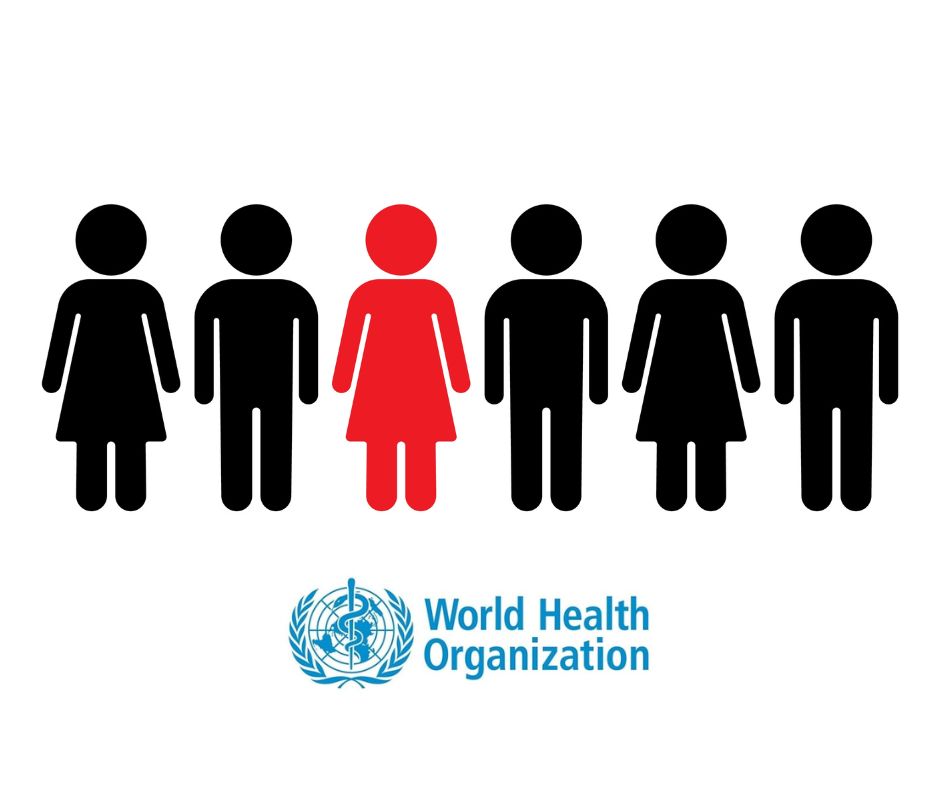News

One in six could face infertility
One in six people may experience infertility at some stage in their lifetime. This is the startling estimate for 2022 from the World Health Organization (WHO) who have just published their global Infertility prevalence estimates 1990-2021.
Drawing from more than 12,000 studies, and using data drawn from 133 eligible studies, 91 data points were used to generate 12-month infertility estimates using data from 1991 to 2021.
The lifetime prevalence figure for infertility was estimated at 17.5%, or one in six people across the globe.
What causes infertility?
Infertility is described as a disease of the female or male reproductive system where there is a failure to achieve pregnancy after 12 months or more of unprotected sexual intercourse. Lifestyle factors that could influence infertility include obesity, smoking, and excessive alcohol intake.
The WHO also identifies that exposure to environmental pollutants and toxins can be directly toxic to human female eggs and male sperm, resulting in a decline in both their numbers and poorer quality which can lead to increases in levels of infertility.
The effects of endocrine disrupting chemicals on fertility
Endocrine disrupting chemicals (EDCs) are chemicals that can interfere with the normal functioning of the endocrine system. Once inside the body, EDCs can mimic the actions and balances of the body’s hormones and disrupt the functioning of the endocrine glands. EDCs can also change the body’s normal levels of hormones and how the body responds to them.
Can EDCs be avoided in daily life?
We are potentially exposed to thousands of chemicals every day, some of which might have endocrine disrupting properties. Read our guides to some of the most common EDCs including phthalates and parabens here, and how to avoid them.
Learning more about the ingredients about everyday products such as toiletries and cleaning products is very worthwhile. Try downloading the Yuka app to your phone and use it to scan barcodes of thousands of products to learn more about the ingredients and potential health risks.
Scientific evidence
The causal effects of EDCs on fertility are well documented in animal studies but identifying the link in humans is complex, but the evidence is building.
Exposure to EDCs has been linked to poor sperm health. One study concluded that acceptable levels of exposure to substances associated with deterioration of semen quality were “far exceeded” in the urine samples taken, up to 17x higher than an accepted level. BPA presented the highest single risk.
Professor Shanna Swan is a world expert in human fertility. She has gathered enough evidence over the last 20 years to leave her with no doubt that everyday chemicals are having a negative, devasting impact on human fertility, especially in men.
Further reading
WHO Infertility Prevalence Estimates, 1990–2021 report






